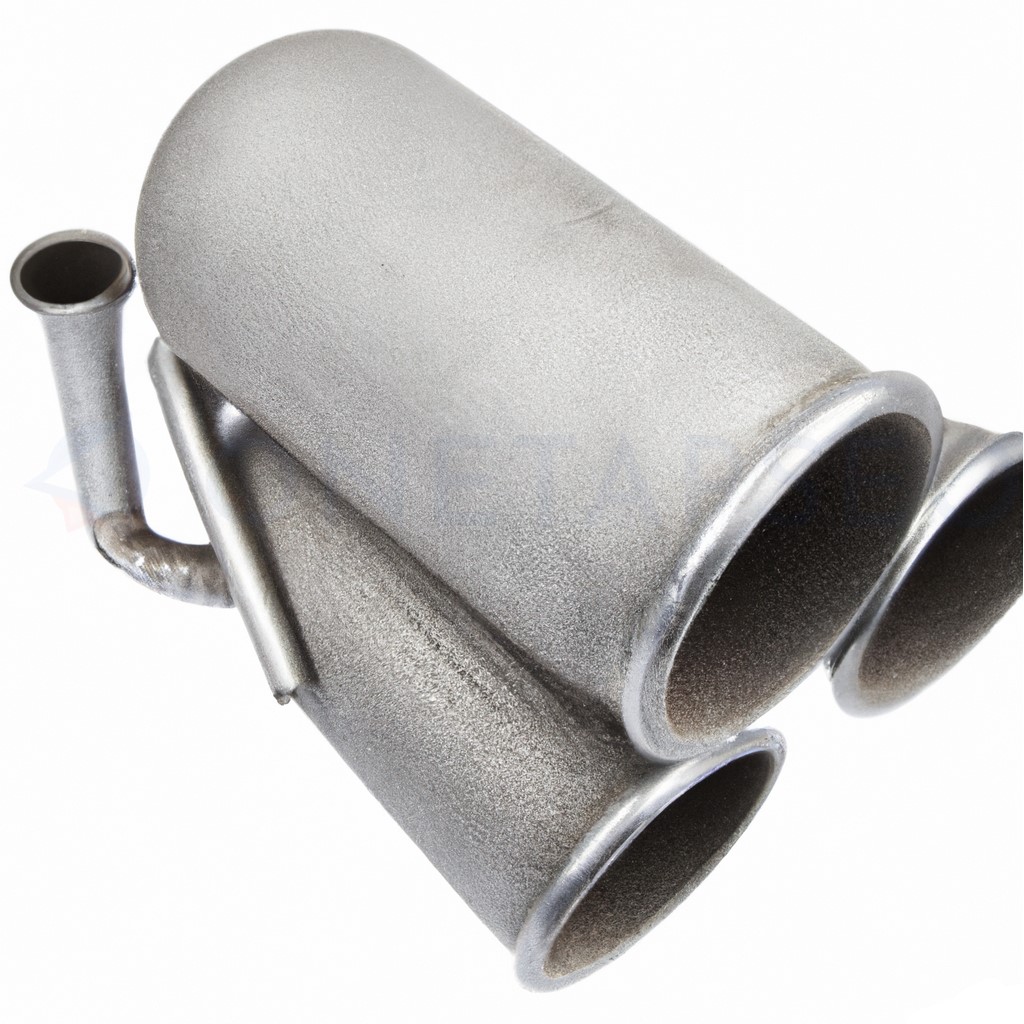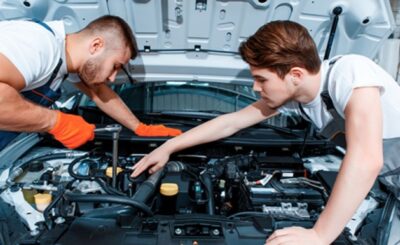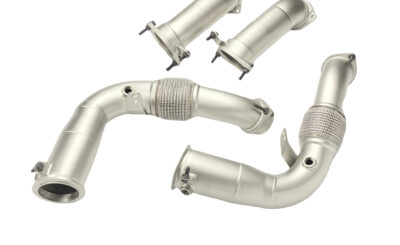What is a three way catalytic converter?
A three way catalytic converter is a type of emission control device that is commonly used in internal combustion engines. It is designed to reduce the levels of three main pollutants in the exhaust gas produced by the engine: carbon monoxide (CO), hydrocarbons (HC), and nitrogen oxides (NOx). The catalytic converter achieves this by using a combination of chemical reactions and physical processes to convert these pollutants into less harmful substances.
In a three way catalytic converter, the exhaust gas passes through a ceramic or metallic honeycomb structure coated with a catalyst, typically made of platinum, palladium, and rhodium. When the exhaust gas comes into contact with the catalyst, it triggers a series of chemical reactions that convert the pollutants into less harmful substances, such as water, carbon dioxide, and nitrogen. The three way catalytic converter is called a “three way” converter because it is capable of simultaneously reducing all three of these pollutants.
How to Maintain Your Three Way Catalytic Converter
Proper maintenance is key to ensuring that your three way catalytic converter continues to function effectively over time. Neglecting your catalytic converter can lead to costly repairs and reduced efficiency, so it’s important to follow a few simple best practices to keep it in good working order. In this article, we’ll offer some tips on how to maintain your three way catalytic converter and keep it functioning at its best.
One of the most important things you can do to maintain your catalytic converter is to follow the manufacturer’s recommended maintenance schedule. This typically includes regular oil changes and engine tune ups, as well as inspections of the exhaust system. By following these recommendations, you can help prevent problems from arising and extend the life of your catalytic converter.
Another tip is to be mindful of the type of fuel you use in your vehicle. Using low quality or contaminated fuel can lead to build up and clogging within the catalytic converter, reducing its efficiency and potentially causing damage. Make sure to use the recommended grade of fuel for your vehicle and avoid using fuels that may be contaminated or of poor quality.
It’s also a good idea to keep an eye out for any signs of trouble with your catalytic converter. These can include a decrease in engine performance, an increase in fuel consumption, or a change in the exhaust noise. If you notice any of these issues, it’s important to have your vehicle checked by a mechanic as soon as possible to diagnose and address the problem.
In addition to following the manufacturer’s recommendations and keeping an eye out for potential problems, there are a few other best practices you can follow to maintain your catalytic converter. These include:
- Avoiding heavy acceleration and high speeds, which can put extra strain on the catalytic converter and lead to premature wear and tear.
- Regularly checking the catalytic converter for any visible damage or issues, such as cracks or leaks.
- Keeping the catalytic converter clean by avoiding driving through deep water or mud, which can clog the converter.
Summary
By following these tips and best practices, you can help extend the life of your three way catalytic converter and keep it functioning at its best. Proper maintenance is key to ensuring the long term health and performance of your vehicle, so make sure to give your catalytic converter the attention it deserves.








